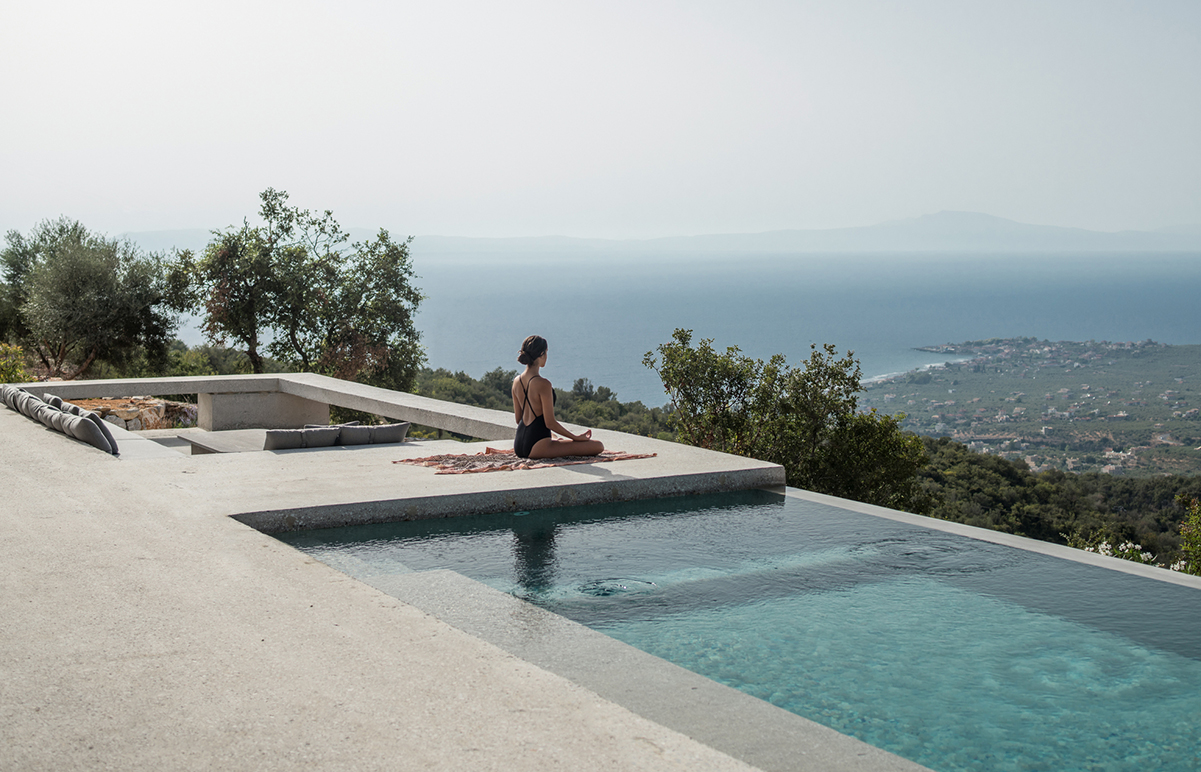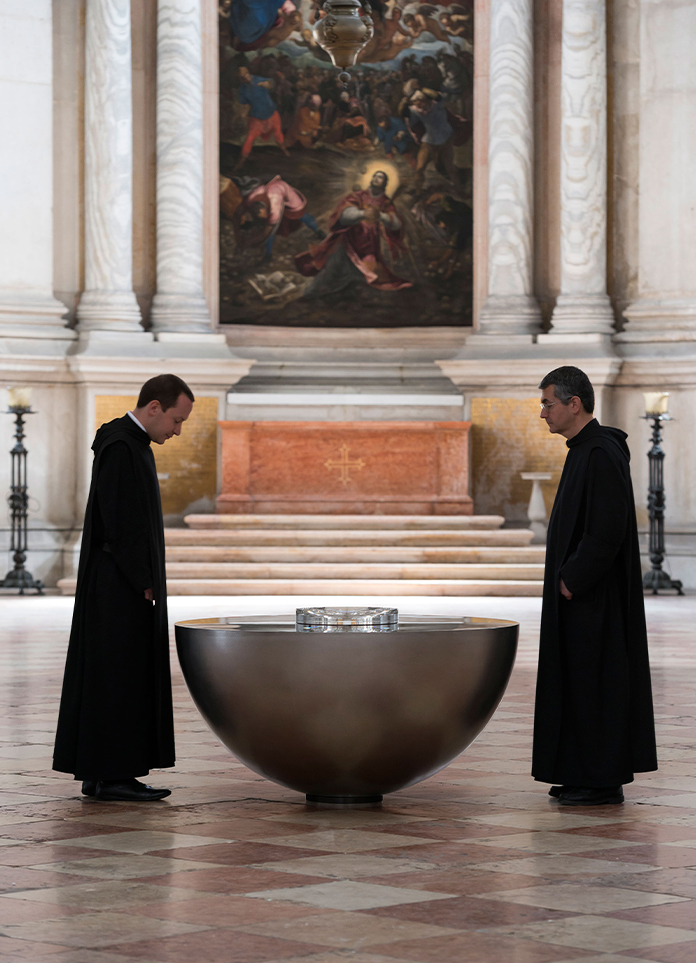
A ruined basalt barn has been creatively repurposed as a dining hall and restaurant by London-based fardaa, providing a valued community resource for a coastal community. Croft 3 marks the first completed project by fardaa and embodies the studio’s approach to place, the economy of means, and social and environmental responsibility.
Set low into the sloping plot, the development sees the adaptive reuse of a dilapidated stone barn into a dining hall, connected to a new timber-clad extension housing foyer, chef’s kitchen, and visitor facilities. Croft 3 is defined by two offset pitched volumes that echo the twin hillscape of Ulva across the bay, designed so neither is subservient to the other. The contrasting gables - one of stone, one of timber - take their cues from the local vernacular and offer a strong profile regardless of the direction of approach.
Descending to the entrance, the landscape becomes hidden from view as the building is accessed via a low, intimate foyer. From there one turns into a tall, light hallway, before turning again, through a deeply compressed doorway and into a grand dining room with spectacular views of the sea, bay, and islands beyond. This sequence of approach and entry is designed to heighten the sense of space and connection to the landscape beyond by first disassociating visitors from the scale and grandeur of the setting.
The existing structure has been restored using lime mortar and salvaged basalt from the original stone structure. Overhead, an exposed timber ceiling of pine rafters and plywood adds a gentle warmth to the tall, open space. Heavily insulated to reduce heat loss, the thick building envelope is punctuated by existing and new openings. Windows and doors are set deep in the wall for the original apertures, preserving the appearance of punched openings, whilst new windows are flush with the external face to trace the form of the original building.
Croft 3’s interiors are defined by simple, raw materials. In the dining hall, American White Ash timber floors complement the soft salmon tones of raw plaster walls, a low-cost textural dining backdrop that catches light and changes throughout the day. Tall, white-painted skirting and door surrounds contrast with these more varied tones and provides robust surfaces in high-traffic areas.
The dining room is furnished with reclaimed french cafe chairs and brewers' benches and long, communal dining tables made on the island from a single douglas fir.Two solid stone pylons at the southwest and northeast corners of the timber-clad extension act as anchors for the new kitchen and entrance, strengthening a datum relating to the existing stone doorway and further extending to new windows, doors, and eaves.
- Architect: Fardaa
- Photos: David Barbour

















